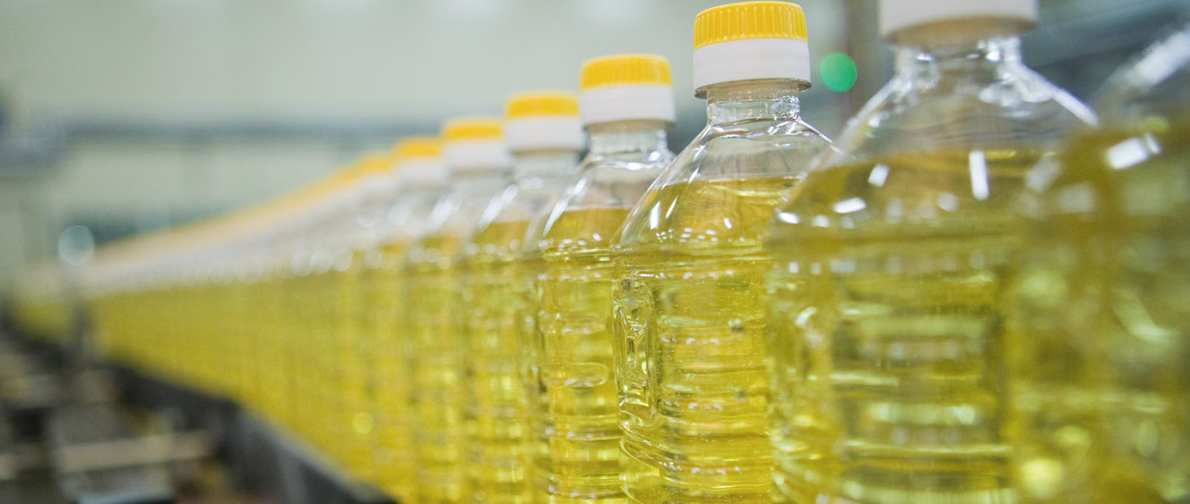
The global edible oil packaging market is anticipated to grow at 5.8% CAGR through 2031, finds Future Market Insights (FMI) in its latest study.
Following the outbreak of COVID-19, as restrictions were imposed by governing authorities, demand for edible oil packaging solutions decreased to an extent due to disruptions in the supply chain.
However, sales are expected to pick up due to the increasing international trade of edible oils and the high demand for retail-ready edible oil packaging solutions.
Producers of edible oil packaging are focusing on making cost-effective packaging solutions for safe transportation of edible oil and to increase their profit margins.
Edible oil is now packed in convenient packaging designs, which are easy-to-store and perfectly suitable for modern-day retail facilities. Edible oils packed in pouches, bottles, jars, cans, and liquid cartons are introduced to overcome problems faced by traditional space-consuming packaging solutions.
A wide range of rigid and flexible packaging types are designed to perfectly cater the changing buying patterns among consumers and offer hassle-free packaging solutions to retailers.
Marketers and end-users of edible oil packaging solutions are trying to differentiate their products based on ease in dispensing the consumable oil-packed inside it. Most of the consumer base today prefer hassle-free packaging without any risk of wastage or damage to the product, which allows them easy retrieval of edible oil.
Hence, manufacturers are offering pouring caps for easy dispensing of edible oil. A variety of self-closing dispensing taps are also offered along with bag-in-box packaging for edible oils, which keep the surface clean from spillage.

- To Get a Sample Copy of the Report visit @ https://www.futuremarketinsights.com/reports/sample/rep-gb-6038
Key Takeaways from Edible Oil Packaging Market
- Drums are the most versatile packaging type used for packaging edible oils across the globe. In terms of type, drums are anticipated to register growth at 5.9% CAGR between 2021 and 2031.
- The U.S. edible oil packaging market is anticipated to reach US$ 483 Mn over the forthcoming decade.
- Based on material, plastic is expected to be the most preferred type, registering growth at 5.4% CAGR during the forecast period..
- Due to disruption in supply chains in 2020, Germany is anticipated to register growth year-on-year growth of 1.5%. Demand for edible oil packaging solutions in Germany is driven by the rising consumption of edible for producing biodiesels.
- Rising consumption of palm oil across packaged food industries, hotels, restaurants, and cafes will spur sales. The segment is expected to offer a total incremental opportunity of US$ 715 Mn over the forecasted period.
“Growing sustainability have compelled the manufacturers to introduce eco-friendly and recyclable packaging solution, improving the demand for bag-in-box and drums. This is expected to bode well for the market,” says FMI analyst.
Growing Popularity of Organic & Low Cholesterol Oils will Offer Growth Opportunity
Key manufacturers of edible oils are launching advanced variants of products, such as oils having omega-3, a variety of minerals, and natural antioxidants to cater to the requirement of healthy oil among consumers, especially millennials.
The rising prevalence of heart diseases, diabetes, and many other chronic diseases caused by the consumption of unhealthy oils is improving the demand for low-cholesterol oils. Growing awareness about the same among consumers has resulted in the sharp rise in demand and consumption for olive oil, sunflower oil, and other oils, which have good cholesterols.
An increase in demand for such oils in developing countries offers lucrative opportunities for the edible oil packaging market players.
- Request Complete TOC Of this Report @ https://www.futuremarketinsights.com/toc/rep-gb-6038
Edible Oil Packaging Market Landscape
Some of the key players dominating the global industrial packaging market are Tetra Pak International S.A., Berry Global Group Inc, Scholle IPN Corporation, Glenroy, Inc., Crown Holdings, Inc, Sealed Air Corporation, DS Smith Plc, Smurfit Kappa Group, Technocan S.A., Amcor Plc, ASA Group, Colep Packaging, Vetropack Holding Ltd, Baralan International S.p.A., Vidrala, S.A., Uflex Ltd, TPAC Packaging India Private Limited (Sunpet) and Neo Sun Industries Limited.
Edible Oil Packaging Market Report
Future Market Insights, in its new report, offers an unbiased analysis of the edible oil packaging market, analyzing historical demand from 2016-2020 and forecast statistics for 2021-2031. The study reveals growth projections on the edible oil packaging market based on packaging type (bottles, pouches, jerry cans, cans, drums, bag in box, and others), material (plastic, glass, metal, and paper), capacity (50 to 500ml, 501 to 1000ml, 10001 to 5000ml and above 5000ml) and oil type (soybean oil, coconut oil, olive oil, cottonseed oil, sunflower seed oil, peanut oil, mustard oil, and others) across seven regions.
About Packaging Division at Future Market Insights
The Packaging division at FMI provides an in-depth historical analysis and granular projections of the global packaging market. Ranging from packaging materials to designs & formats, FMI has an exhaustive market research database, serving clients with unique offerings and strategic recommendations. With a repository of 750+ reports, the team analyzed the packaging industry comprehensively in 70+ countries. The team evaluates every node of the value chain and provides end-to-end research and consulting services; reach out to explore how we can help
Edible Oil Packaging Market by Category
By Packaging Type:
- Bottles
- Pouches
- Jerry Cans
- Cans
- Drums
- Bag in Box
- Others (Liquid Carton, etc.)
By Material:
- Plastic
- Glass
- Metal (Aluminum)
- Paper
By Capacity:
- 50 to 500 ml
- 501 to 1000 ml
- 1001 to 5000 ml
- Above 5000 ml
By Oil Type:
- Soybean Oil
- Coconut Oil
- Olive Oil
- Cottonseed Oil
- Sunflower seed Oil
- Peanut Oil
- Mustard oil
- Others (Palm Oil, Corn Oil, Rice Bran Oil, etc.)
By Region:
- North America
- Latin America
- Europe
- South Asia
- East Asia
- Oceania
- Middle East & Africa (MEA)
